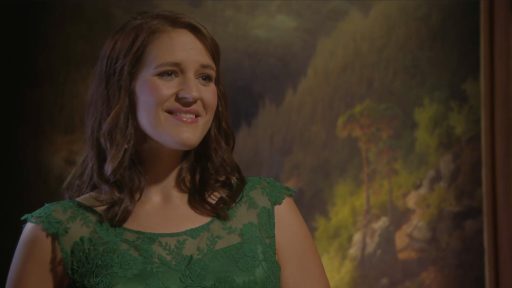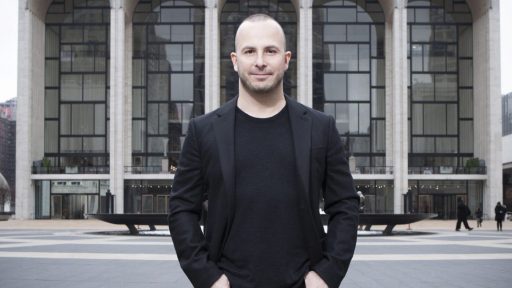Kristine Opolais and Roberto Alagna – who will team again on the Great Performances at the Metbroadcast of Puccini’s Madama Butterfly also in August — star as the ill-fated lovers at the center of Manon Lescaut, Puccini’s passionate adaptation of the classic novel about a free-spirited country girl who becomes the toast of Paris.
Sir Richard Eyre‘s new production, set in the 1940s, reunites him with set designer Rob Howell, his collaborator on recent Met productions of Le Nozze di Figaro, Werther, and Carmen. Met Principal ConductorFabio Luisi conducts the new staging, which also stars Massimo Cavalletti as Manon’s cousin, Lescaut, andBrindley Sherratt as Geronte, her wealthy older lover.
While the Met planned this production to feature Opolais’s interpretation of the title role, which she has sung to acclaim at the Bavarian State Opera and the Royal Opera, Covent Garden, Roberto Alagna, a star at the Met for 20 years, was a late addition to the cast. When Jonas Kaufmann withdrew from the production due to illness while rehearsals were underway, Alagna—at the Met starring in Pagliacci—agreed to undertake the challenge of learning the new staging and preparing a role he has never before sung onstage in the two weeks leading up to the premiere.
The opera had its world premiere in Turin in 1893, and was first given at the Met in 1907. Few operas have surpassed Manon Lescaut in the depiction of the urgency of young love. The French tale of a beautiful young woman destroyed by her conflicting needs for love and luxury had already inspired Massenet’s Manon (1884), a relatively new and immensely popular work at the time of Manon Lescaut’s premiere. Puccini made the story his own and infused it with a new level of frank emotion and a flood of melody. The opera was his first great success, leading George Bernard Shaw to name him “the successor to Verdi.”
The first three acts of the opera take place in various locations in France, around the year 1720: the first in the town of Amiens, the second in a magnificent palace in Paris, and the third on the waterfront of the port city of Le Havre. The fourth act is set in a desolate location in the New World, an imaginary place described in the libretto as “a vast desert near the outskirts of New Orleans.” Richard Eyre’s new production moves the action to the 1940s.
Reviewing the present production, The New York Times noted, “As Manon, the soprano Kristine Opolais sounded as glamorous as she looked… And this was another fine night for the conductor Fabio Luisi, who coaxed plush, textured playing from the impressive Met Orchestra, while bringing refreshing restraint and lucid detail to Puccini’s often teeming score.”
Soprano Deborah Voigt hosts the broadcast.
Manon Lescaut was originally seen live in movie theaters on March 5 as part of the groundbreaking The Met: Live in HD series, which transmits live performances to more than 2,000 movie theaters and performing arts centers in over 70 countries around the world. The Live in HD series has reached a record-breaking 20 million viewers since its inception in 2006.
Great Performances at the Met is a presentation of THIRTEEN Productions LLC for WNET, one of America’s most prolific and respected public media providers.






